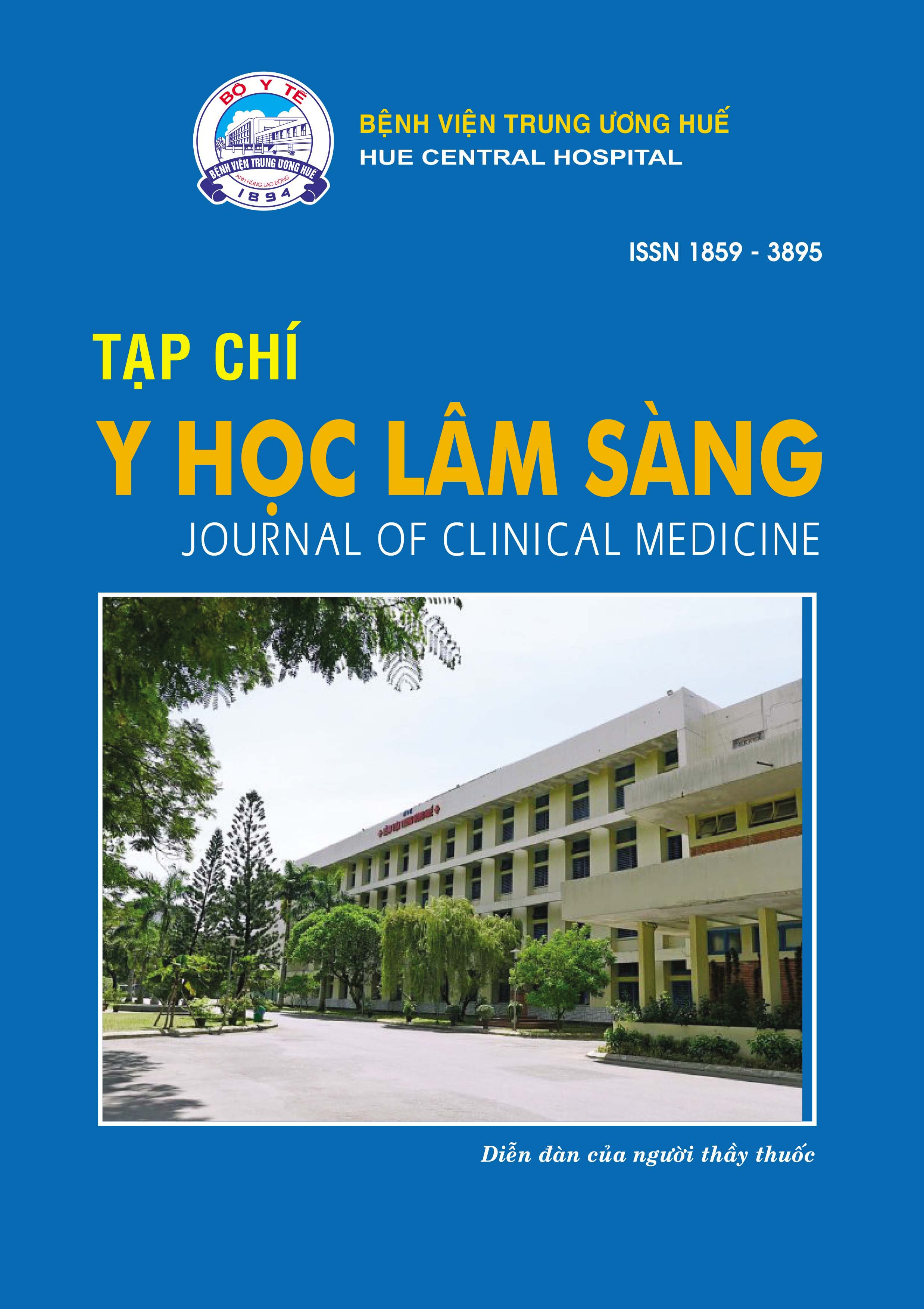Abstract
Oxidative stress can be defined as an imbalance between free radicals or reactive oxygen species and antioxidants. The balance of reactive oxygen species generation and elimination is maintained by antioxidants. Antioxidants are molecules that significantly delay or inhibit oxidation. The main causes of oxidative stress are exogenous source such as diet, alcohol, stress, environmental pollution, smoke, radiation, medication and treatment, excessive of physical activity. Chronic oxidative stress affects to biological molecules, as oxidation of lipid, carbohydrate, enzymes, and damage of protein and DNA, altered redox regulation, leading to inflammation, a range of diseases and aging. Oxidative stress is closely related to all aspects of cancer, such as carcinogenesis, tumor-bearing state, treatment and prevention. Oxidative stress affects to carcinogenesis through two mechanisms, gene mutation that results from oxidized DNA, and gene extression change due to injured DNA binding to transcription factors. Some oxidative stress markers are considered as tumor markers, that are applied to diagnosis tumor-bearing state. Main mechanisms of anticancer drugs is creating apoptosis. Treatment with anticancer drugs creates oxidative stress, and active oxygen triggers apoptosis via p53 and cytochrome release from mitochondria. It is possible that excessive antioxidation mechanisms take part in anticancer drug resistance. Increasing antioxidants for protection against oxidative stress damage, inhibition of nonspecific inflammaton, and prevention of oxidative stresss are also useful in prevention of cancer.
References
Betteridge DI (2000). What is Oxidative stress? Metabolism; 49: 3-8.
Drog W (2002). Free radicals in physiologicalcontrol of cell function. Physiol Rev; 82: 47-95.
Cadenas E, Davies KJ (2000). Mitochondrial free radical generation, oxidative stress and aging. Free Radical Biol Med.; 62: 220 - 230.
Valko MJ, Leibfritz D, Moncol J, et al (2007). Free radicals and antioxidants in normal physiological functions and human disease. Int. J. Biochem Cell Biol; 39(1): 44 - 84.
Galls F, Piroddi M, Annatti C, et al (2005). Oxidative stress and reactive oxygen species. Contrib Nephrol; 149: 240 - 260.
Adwwas AA, Elsayed ASI, Azab AE, et al (2019). Oxidative stress and antioxidant mechanisms in human body. J. Appl. Biotechnol Bioeng; 6(1): 43 - 47.
Amira AM Adly (2005). Oxidative Stress and Disease: An update Review. Research Journal of Immunology; 3: 129 - 145.
Ahmet A (2015). Oxidative stress and Overview of Pediatric Biomarkers. Pediatrics; 5: 8.
Avery AV (2011). Molecular targets of oxidative stress. Biochem J; 434(2): 201 - 210.
Finkel F, Holbrook NJ (2000). Oxidants, oxidative stress and the biology of ageing. Nature; 408: 239 - 247.
Noda N, Wakasugi H (2000). Canser and oxidative stress. Journal of Japan Medical Asociation; 124 (11): 1571 - 1574.
Ambrosone CB, Freudenheim JL, Thompson PA, et al. (1999). Mangane superoxide dismutase (MnSOD) genetic polymorphisms, dietary antioxidants, and risk of breast cancer. Cancer Resp; 59: 602 - 606.
Chen X., Ding JW, Yang Gy, et al. (2000). Oxidative damagein an esophageal adenocarcinoma models with rats. Carcinogenesis; 21: 257 - 263.
Pignatelli B, Bancel B, Esteve J, et al. (1998). Inducible nitric oxide synthase, anti-oxidant enzymes and Helicobacter poylori infection in gastritis and gastric precancerous lesions in humans. Euro J Cancer Prev; 7: 439 - 447.
Ishikawa M, Tamate K, Sengoku K. (1999). Free radicals and disease. Disease in obstetrics and gynecology. Gendai Iryo; 31: 2579 - 2585 (in Japanese)
Miyazaki E, Noda N, Okada S, et al. (1998). Elevated serum level of thioredoxin in patients with hepatocellular carcinoma. Biotherapy; 11: 277 - 288.
Yokomizo A, Ono M, Nanri H, et al. (1995). Cellular levels of thioredoxin associated with drug sensitive to cisplatin, mitomycin C, doxorubicin, and etoposide. Cancer Res; 55: 4293 - 4296.
Weijl NI, Hopman GD, Wipkink-Blakker A, et al. (1998). Cisplatin combination chemotherapy induces a fall in plasma antioxidants of cancer patients. Ann Oncol; 9: 1331 - 1337.
Terry P, Lagergren J, Ye W, et al. (2000). Antioxidants and cancers of the esophagus and gastric cardia. Int J Cancer; 87: 750 - 754,
Kimura I, Kumamoto T, Matsuda A, et al. (1998). Effects of BX 661 A, a new therapeutic agent for ulcerative colitis, on reactive oxygenin species in comparison with salazosulfapyridine and its metabolite sulfapyridine. Arzneimittelforshung; 48:1007 - 1011.
| Published | 05-01-2025 | |
| Fulltext |
|
|
| Language |
|
|
| Issue | No. 67 (2021) | |
| Section | Review | |
| DOI | 10.38103/jcmhch.2021.67.1 | |
| Keywords | Oxy hóa, Stress, Gốc tự do, Chống oxy hóa Oxidative, Stress, Free radical, Antioxidant |

This work is licensed under a Creative Commons Attribution-NonCommercial-NoDerivatives 4.0 International License.
Copyright (c) 2021 Journal of Clinical Medicine Hue Central Hospital

